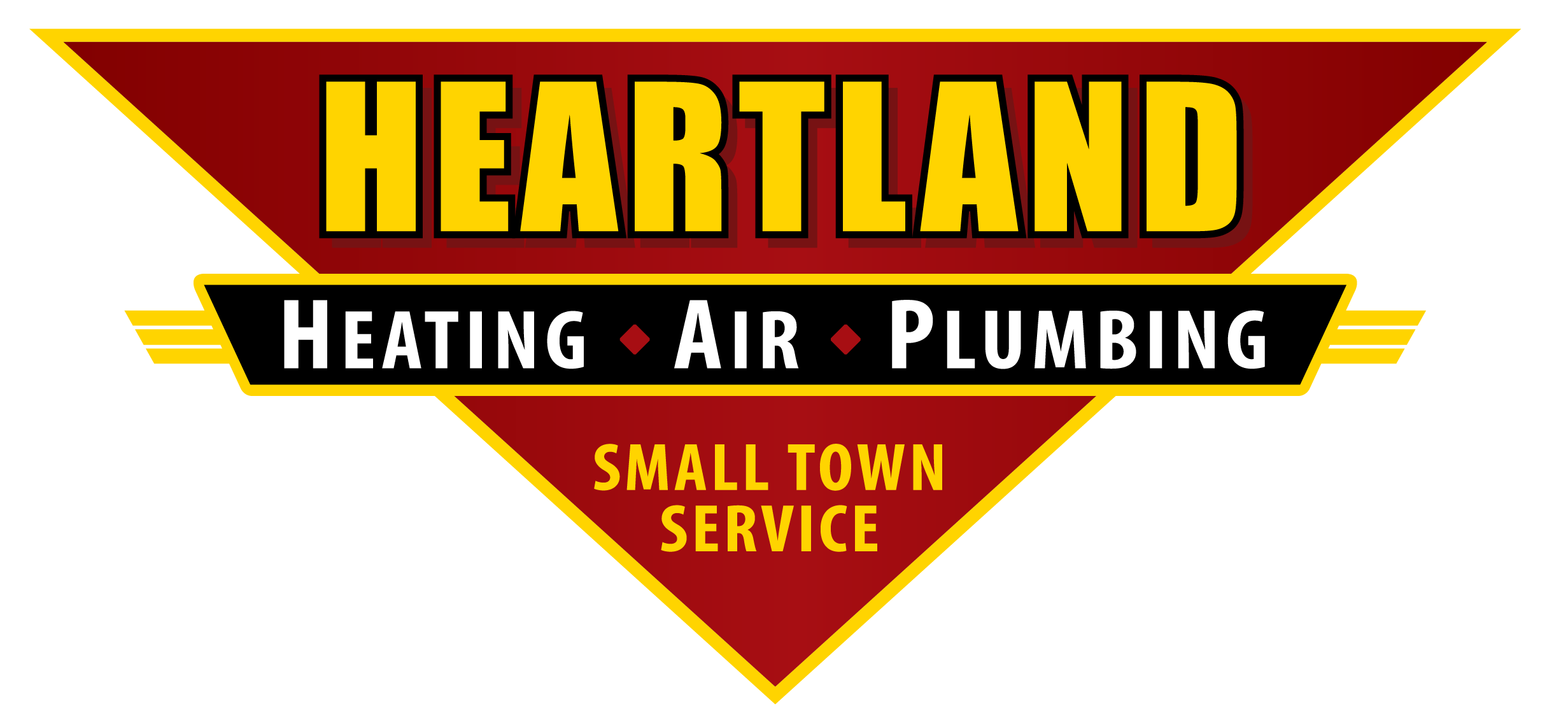In the center of the earth is the core, which is full of magma capable of reaching incredibly high temperatures. What if there was a way we could harness the natural heat inside the earth to heat our homes? Due to recent technological advances, energy from the earth can now help power your home!
Geothermal heating transfers the natural heat from the ground into your home. It’s incredibly efficient and environmentally friendly compared to traditional HVAC systems.
If you’re curious about how geothermal heat pumps, also known as ground-source heat pumps, work, the Heartland Heating, Air, and Plumbing team will show you how.
What Is Geothermal Heating?
Geothermal heating is the process of transferring heat from the ground in or out of a building. Below the surface of the earth, about 6-10 feet deep, the earth is at a constant temperature. This temperature varies based on latitude but can range from 45 to 75 degrees year-round. Even in the winter, when the ground seems frozen, far enough below the surface is unaffected by the weather above.
Geothermal heating relies on the temperature of the earth for a heat source as well as a receptacle for cooling air indoors. A system is made up of three parts:
- The heat exchanger, or ground loop
- A heat pump condensing unit
- Air-delivery system
Geothermal heat pumps are either forced-air or water-to-water. Forced-air systems use air handlers and ductwork to move air through a home. A water-to-water system uses pipes that run under the floor or through walls, while the fluid moves through the pipes.
How Does a Geothermal Heat Pump System Work?
Geothermal heat pump systems start with the ground loop. This loop is a series of pipes that can be arranged in a few different orientations to collect heat. Within the pipes is either plain water or water and antifreeze that is circulated through the pipes to absorb the earth’s heat. The solution makes its way into the building, where it meets the heat exchanger that extracts the heat and transfers it to the home’s air to change the temperature.
In the summer, this process works in reverse. Where the heat exchanger absorbs the heat from inside the home and transfers it to the liquid, which moves the heat back into the ground. This constant cycle does not require any natural gas to work, so it’s incredibly energy efficient and a smart choice for heating your home when you do not want to affect the environment.
Pros and Cons Geothermal Heating
If you’re looking for ways to reduce your carbon footprint, you are probably ready to immediately sign up for geothermal heating. But there are a few caveats to having a geothermal heat pump installed.
- Geothermal heat pumps are costly up front. Over time, you’ll make your initial investment back from all the energy savings from heating and cooling your home. Many customers notice a payback period of 6-7 years after their initial investment.
- Not only can the initial installation be expensive, but in order to install geothermal heating in your yard, your landscaping and lawn may need to be altered significantly during the installation process.
- This may require additional landscaping costs after the system is installed.
Small yards may not qualify for geothermal heating. While the loops can be configured in various ways, you will need a decent amount of space to lay the loops underground.
However, if you are interested in geothermal heating, the pros often outweigh the cons.
- Geothermal heat pumps rely on electricity to work, but they produce much more heat than the electricity they consume. Most geothermal heat pumps can output 4 to 5 units of heat energy for every unit of electricity used to run the unit. This makes geothermal heat pumps 400% to 500% efficient!
- Many customers have reported that switching to geothermal heat pumps can reduce heating expenses by 30-70% since they don’t require natural gas to work.
- Some geothermal systems can also provide hot water to a home. Which can further cut down on your water heating costs.
Talk to Heartland About Upgrading to a Geothermal System For Your Home
If you’re interested in changing how you heat and cool your home, talk to the Heartland Heating, Air, and Plumbing team to see if geothermal heating is suitable for your home. Then speak to us about installing a geothermal heat pump. You’ll be impressed with how much you can save on energy costs.
Contact us today to learn more about geothermal heating.

